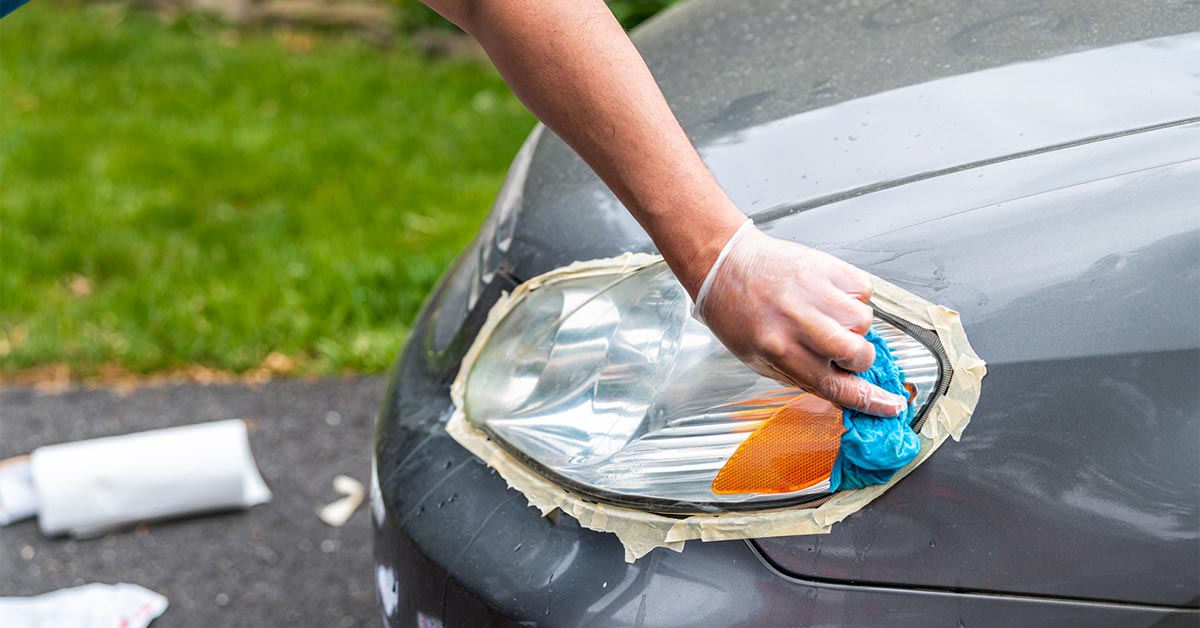With new car prices on the rise, more people are choosing to maintain their old cars rather than spring for a new one. Choosing to maintain your old car is an economically smart choice because it is reasonable to expect to get well over 200,000 miles out of your car before it’s time for a new one. The key is figuring out how to make that old car feel new again.
It’s easier than you might think and here are five tips to get you going:
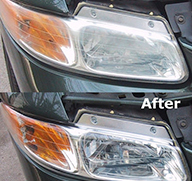
- Get Your Car Detailed
- Buff Out Yellow, Faded Headlights
- Replace an Outdated Sound System
- Replace Shocks, Strut and Brake Pads
- Flush Your Fluids
It may seem obvious, but getting your car detailed can make a world of difference in how it feels if you don’t already have it regularly detailed.
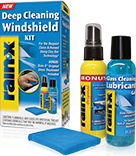 Nothing screams “old†like having clouded or yellowed headlamps. Most cars have plastic composite headlamps which are susceptible to fading, but the fix is easy and cheap. Do-it-yourself buffing kits are available at any auto parts store or in major retailers and, typically, they don’t run more than $20.
Nothing screams “old†like having clouded or yellowed headlamps. Most cars have plastic composite headlamps which are susceptible to fading, but the fix is easy and cheap. Do-it-yourself buffing kits are available at any auto parts store or in major retailers and, typically, they don’t run more than $20.
Keeping your old car is much easier if you can enjoy good, quality music while driving. Cassette players and old speakers need to go, and, depending on how much you are willing to spend, there is plenty of room for improvement.
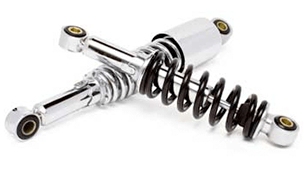 If your car is feeling a little bumpy as you drive, it may be time to invest in new shocks and possibly a new strut. Most shock absorbers are good for at least 75,000 miles, but it all depends on what type of car you’re driving. If you’re the handy type, this will only cost a few hundred dollars. Taking your car to a shop can cost up to about $1500, but, when compared to the price of a new car, this is worth the money.
If your car is feeling a little bumpy as you drive, it may be time to invest in new shocks and possibly a new strut. Most shock absorbers are good for at least 75,000 miles, but it all depends on what type of car you’re driving. If you’re the handy type, this will only cost a few hundred dollars. Taking your car to a shop can cost up to about $1500, but, when compared to the price of a new car, this is worth the money.
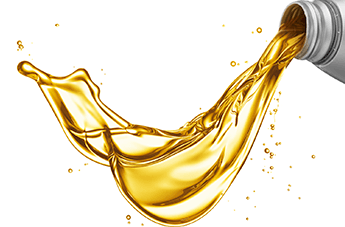 It goes without saying that regular fluid checks are crucial to keeping your car in top shape. Get regular oil changes and have your power steering fluid flushed.
It goes without saying that regular fluid checks are crucial to keeping your car in top shape. Get regular oil changes and have your power steering fluid flushed.
Keeping your car clean, shiny, running smooth and sounding good will keep you from being tempted into wanting a new car. Chances are, that old car has a lot of life left if you just give it a little TLC.
The information in this article was obtained from various sources. This content is offered for educational purposes only and does not represent contractual agreements, nor is it intended to replace manuals or instructions provided by the manufacturer or the advice of a qualified professional. The definitions, terms and coverage in a given policy may be different than those suggested here and such policy will be governed by the language contained therein. No warranty or appropriateness for a specific purpose is expressed or implied.



